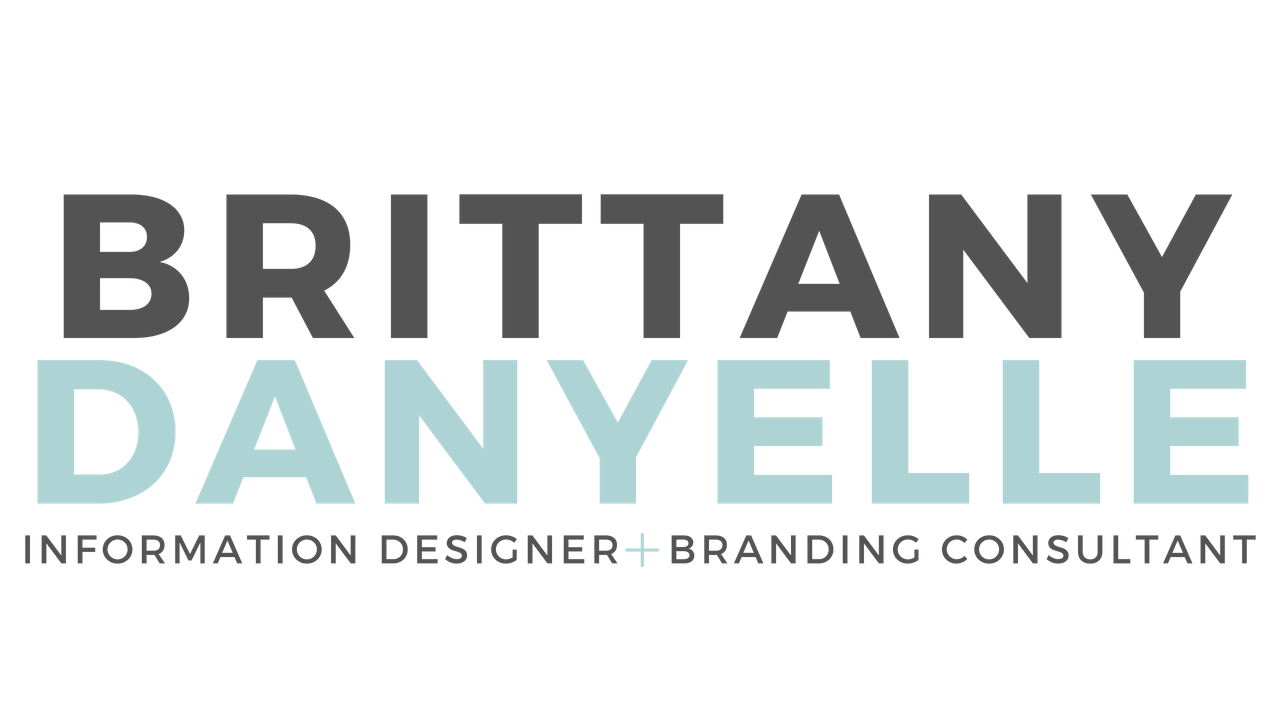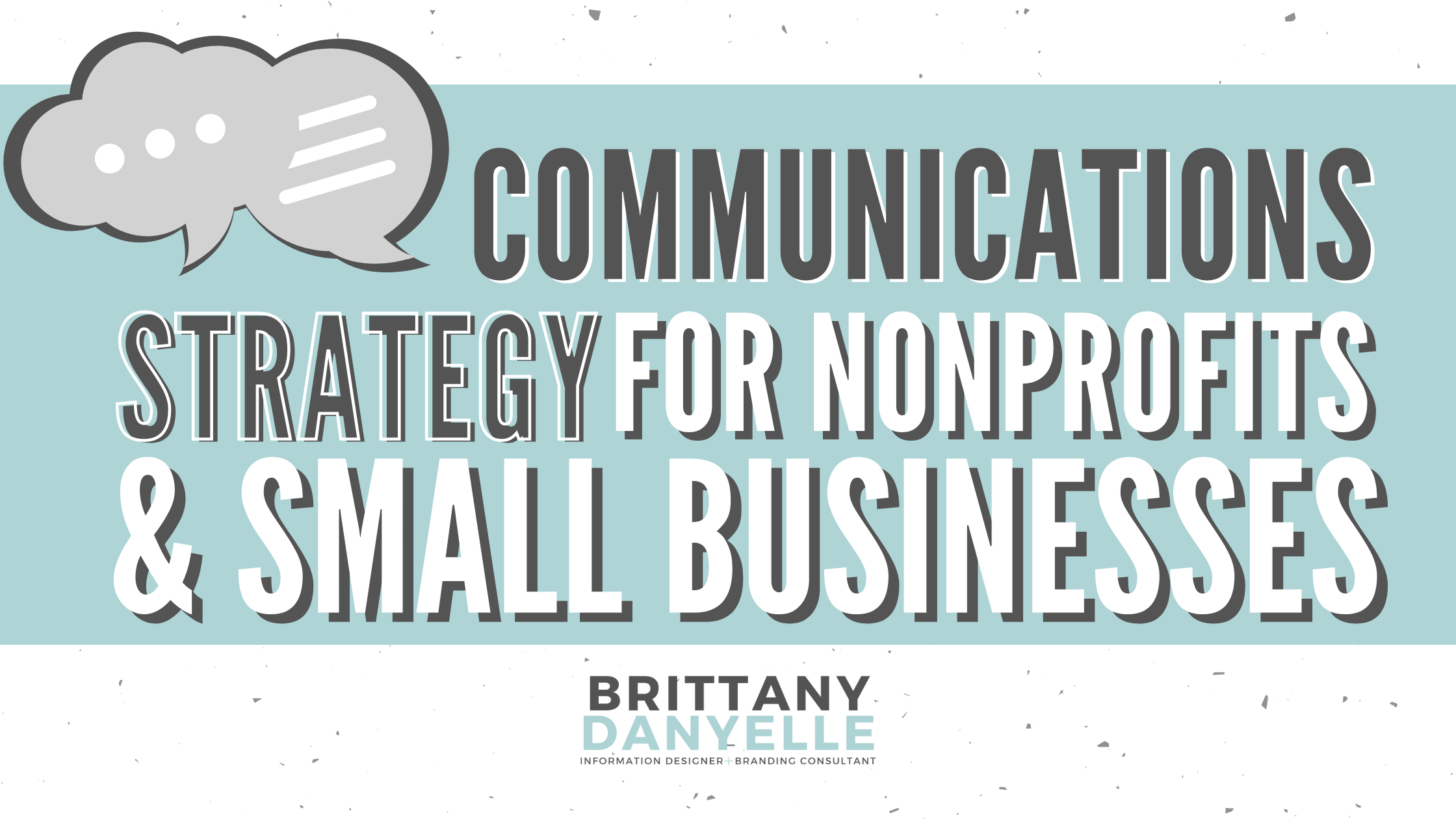Communications Strategy for Nonprofits and Small Businesses
You have an upcoming event with your nonprofit or small business. Maybe it’s a fundraiser or a launch of a product. There’s so much to do, but one thing you can’t put on the sideline is figuring out your communications strategy for your event. You don’t want to do ALL of this work for no one to know about what you’ve been working on. So, here’s a few tips and things to consider while building out your comms strategy.
Give yourself time
This could be the biggest mistake I’ve witnessed and also been guilty of too! Make sure to give yourself time. Whether you’re building out the comms strategy for an event or for the year. Many people end up thinking of communications AFTER the fact, when in reality it should be integrated into the planning. Once you know your event and key dates, you should start working on the comms strategy. This will give you time to do everything that you want to do. Of course things will need to be flexible and sometimes your best ideas may come up when you’re down to the wire, but having a solid foundation will set you up for success.
Provide transparency
People like transparency and it’s also good practice. Transparency helps build trust in your organization. Giving your community a glimpse into what you’re working on and what’s coming up is key. A simple way to do this is a “teaser” announcement. Whether you’re giving a save-the-date announcement or a sneak peak of behind-the-scenes, it helps people feel like they’re a part of the process. Run into technical issues? Be upfront and address it on your socials. Accidentally send an email that wasn’t ready to go out? Send an “oops, we made a mistake” email. Letting people know there’s a human behind-the-scenes working will give you grace.
Determine your “musts”
Now down to the tangible work. Here’s a list of things to consider and ask yourself as you’re building out your strategy.
What’s the comms strategy for? (An event? The year?)
What’s your end goal? (Do you have a fundraising goal? Building general brand awareness? Growing your audience?)
Who is your audience? (Is it your current community? Hoping to attract new customers?)
What are the key dates? (If it’s for an event, this could be ‘early bird’/late registration and event date. If it’s for the year, think of product launch dates/goals, major announcements and partnerships, holidays, etc)
Who needs to know? (Who are the stakeholders? Staff? Sponsors? Board members? Donors, etc.)
Choose your message medium
Consider how you will deliver your message. Mark up a calendar in front of you with all of the dates that you need to consider and work backwards. Then, you’ll determine the best method for delivering that message. You’ll want a good mix of email, blog, social media, personal outreach, etc. This is the fun part: brainstorm all of the different ideas—judgment free—and have fun with it. You can go back to your list later and cross out things that may take too much time, are too outlandish, or just don’t fit with your org’s personality.
Don’t worry about over communicating either. Have you heard that it usually takes 8 touchpoints before a person takes action? That’s just the world that we live in. Everything moves so fast and everyone gets tons of emails and sees a million posts on social media. It’s easy to forget things that we intend to do. So, don’t take it personally when your closest friend doesn’t support the work that you’re doing by buying from you immediately. We often forget something that takes up our entire world and is important to us, may not be the case for everyone else. The best thing you can do to tackle this is ensure that you have plenty of touchpoints and you’re mixing it up with your platform delivery. You may reach different audiences on social media versus email.
Trial & Error
It’s better to be overly prepared than to be sideswiped. Granted, you won’t think of EVERYTHING and there will no doubt be fires that you’ll have to put out at some point, but it’s good to keep a few things in mind and prepare for future campaigns too.
What are some problems that could arise during this campaign?
Do we have a crisis management plan? What is it?
How will we evaluate the success of our communications strategy?
You’re ready to launch your campaign! Trust the process and trust your audience. They’ll let you know what works and what doesn’t. The most important thing is that you’re transparent and open to feedback from your community. Take the lessons learned from your first campaign and apply it to your next. What worked and what could be improved upon. Also, don’t worry about ALWAYS having to have a new message for EVERY SINGLE piece of content that you’re posting, emailing, etc. Once you do the work once, you can repurpose some of it. Read our post on repurposing content.
Make it yours,
Brittany Danyelle
Need help with building out your comms strategy? Connect with the BD team! Q4 is coming up and we’re happy to help nonprofits and small businesses build out their 2023 communications strategies. Email us for consultation work at bd@brittanydanyelle.com


